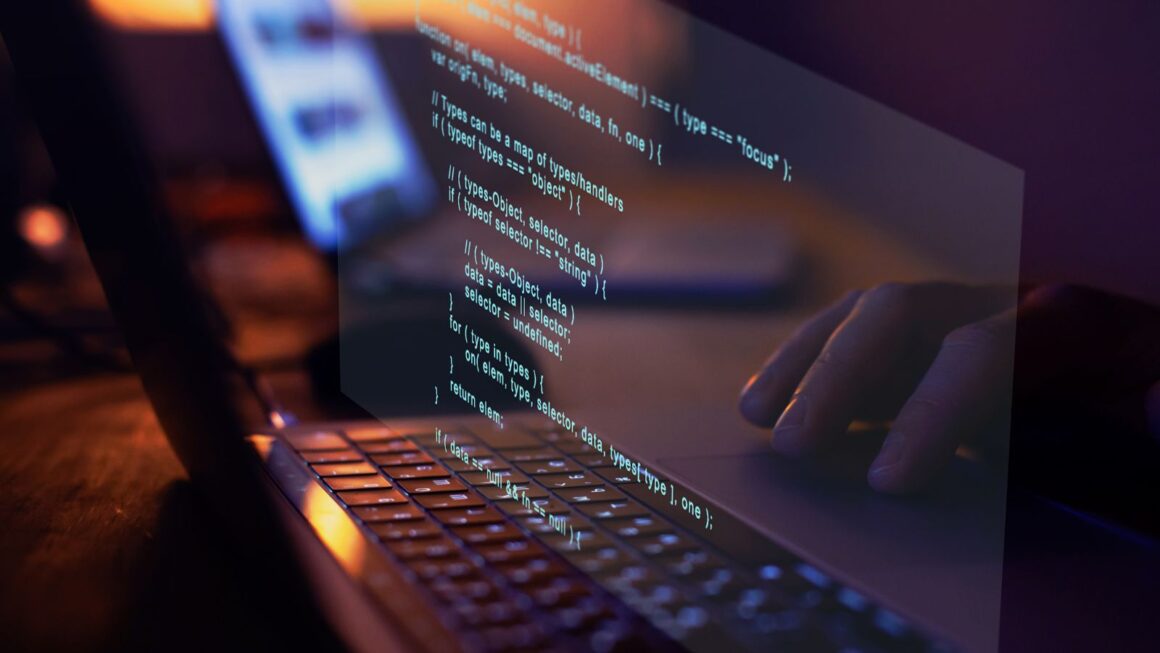
Influencer marketing has become one of the most effective channels for brands looking to reach real, engaged audiences. Instagram remains at the center of that ecosystem. It is visual, fast moving, and heavily community driven. But when it comes to paying influencers, things get complicated quickly. Rates can vary by hundreds or even thousands of dollars, and two creators with the same follower count can charge completely different prices.
This is why more marketers are turning to tools like an Instagram influencer pricing calculator to estimate fair compensation. Still, calculators alone cannot explain the full picture. Influencer pricing is shaped by human behavior, content style, audience trust, and the unique value each creator brings.
Below is a breakdown of the key elements that influence rates, along with practical tips for brands and creators.
Why Influencer Pricing Is Hard to Standardize
Unlike traditional advertising, influencer marketing does not have a fixed rate card. Every creator is different. Some produce polished professional content, while others focus on authenticity and casual storytelling. Some have niche audiences with high buying intent, while others have broad audiences that mainly interact for entertainment.
Pricing varies for several reasons:
Audience quality
Marketers look beyond follower numbers. They want active, real communities. An audience that comments, saves posts, and actually trusts the creator is far more valuable than a large but passive following.
Engagement rate
Likes and comments still matter, but newer metrics like saves, shares, and reply counts often reveal deeper influence. Creators with strong engagement can charge substantially more.
Content format
A short Reel, a carousel post, a Story series, and a fully produced product demo do not require the same level of time or effort. The more complex the content, the higher the rate.
Niche and demand
Some niches, like beauty, fitness, finance, and parenting, often command higher rates because audiences convert well. Other niches with lower commercial intent may see lower pricing.

This variation is why a calculator helps guide expectations but cannot tell the entire story.
What Pricing Calculators Do Well
An Instagram influencer pricing calculator helps establish a starting point by using public metrics such as follower count and engagement rate. It gives brands a reasonable estimate before negotiating and helps creators avoid undervaluing their work.
Calculators are especially useful for:
- Setting budget expectations
- Comparing multiple creators at once
- Avoiding major overpayments
- Providing transparency during negotiations
Tools like Gleemo go further by analyzing follower authenticity, audience demographics, and engagement styles. This helps brands understand if a creator’s pricing reflects real influence or inflated vanity metrics.
What Calculators Cannot Capture
Even with good data, there are human factors that calculators cannot measure.
Creativity and effort
Some creators spend hours planning, shooting, editing, and refining a single video. Others operate with simple, low effort content. The value of that extra creativity often justifies a higher price.
Trust and loyalty
Some communities genuinely listen to their creator’s recommendations. This emotional connection cannot be measured with numbers alone.
Communication and professionalism
Timely delivery, clarity, and willingness to collaborate also influence pricing. Brands often pay more for creators who are reliable and easy to work with.
Exclusivity
If a brand wants a creator to avoid promoting competitors for a certain period, that exclusivity increases the rate.
Because of these nuances, it is best to use calculators as a foundation and then layer in human judgment.
Common Rate Ranges on Instagram
Rates vary widely, but there are general patterns across influencer tiers.
- Nano creators (1k to 10k followers): often charge modest rates
- Micro creators (10k to 50k): usually offer the best ROI, strong engagement
- Mid tier (50k to 250k): more polished content, higher prices
- Macro and mega creators: brand awareness rather than conversions
Most brands prefer micro and mid tier influencers because they deliver reliable engagement without extremely high costs.
How to Set a Fair Price for Both Sides
Whether you are a brand or a creator, fair pricing comes down to understanding the real value behind the collaboration.
For brands
Focus on quality over quantity. A smaller but highly trusted creator can outperform an account with a much larger following. Review past content, audience interaction, and the authenticity of engagement.
For creators
Know your numbers. Track engagement rates, average story views, reel performance, and relevant audience demographics. The more data you provide, the easier it is to justify your rate.
For both
Start with a calculator, then adjust based on quality, professionalism, and scope. This leads to more transparent and productive negotiations.
Why Analytics Matter More Than Ever
The influencer world has matured. Brands want measurable results. Creators want fair compensation. Analytics tools have become essential because they help remove guesswork and make both sides more confident in the partnership.
Marketers are increasingly looking at:
- Audience authenticity
- Story view consistency
- Shares and saves
- Reel reach patterns
- Click through rates
- Conversion behavior
This shift toward data driven influencer marketing is why tools like pricing calculators and audience analysis platforms continue to grow.
Final Thoughts
Influencer pricing is not an exact science. It is a blend of measurable performance, audience connection, creative value, and market demand. An Instagram influencer pricing calculator is a great starting point, but the full story requires a look at human behavior and real engagement.
The brands that see the best results are the ones that understand both the data and the people behind it. When both align, influencer partnerships become more efficient, more transparent, and far more effective.









